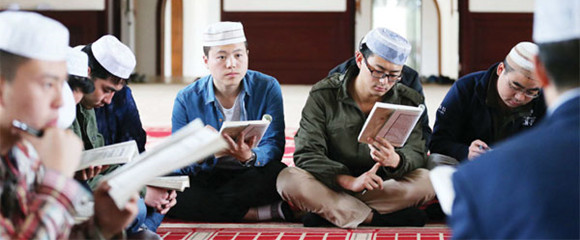Skilled labor advantage for competitiveness
Updated: 2016-05-13 08:06
By AMITENDU PALIT(China Daily)
|
|||||||||
The forecast for the rankings of the global manufacturing competitiveness index seem to assume that the US will lead the rest of the world in improvements in advanced technology. This is possible given the US's history of innovations, particularly in digital technology. But that may not be enough to make it the number one in manufacturing.
The rankings appear to have underestimated the importance of skilled labor in determining competitiveness. It is true that high value-added manufacturing is now dominated by lean work forces and advanced technologies. It is also true that many manual labor functions have been replaced by digital functions over time. But skilled labor is still essential for ensuring the efficient application of advanced technologies. The requirement for such skills has probably only increased after digitization.
The US might not have enough skilled laborers to meet this requirement. Even if it does, businesses might have to pay very high costs for such labor. This is where many countries in the Asia-Pacific, particularly China, continue to remain competitive.
Skilled labor (including industrial robots) continues to be deployed at cheaper costs in Asian manufacturing, compared with the US and Europe. Indeed, the US dependence on foreign skilled labor remains high, as can be seen from the continuation of the H1B and L1 visa schemes that allows US companies to employ foreign workers in specialty occupations that require theoretical or technical expertise or allow companies operating in the US and abroad to transfer certain classes of employee from their overseas operations to the US. Both these visas continue to draw a large number of applications from US businesses looking to recruit foreign workers in spite of the schemes being heavily criticized for taking away local jobs.
Thus the prediction for the 2020 Manufacturing Competitiveness Index might well be incorrect.
The author is senior research fellow and research lead (trade and economic policy) at the Institute of South Asian Studies (ISAS), National University of Singapore.
Related Stories
China 4th in world in manufacturing ability: report 2016-05-13 04:02
Laser-sharp focus on tech transforms manufacturing hub 2016-05-12 08:23
British firms eye more opportunities as China updates manufacturing sector 2016-05-11 11:03
Foreign direct investment rises 4.8% on high-tech, manufacturing 2016-05-11 08:44
Today's Top News
China urges EU to honor MES status, despite parliamentary vote
Generation of new imams preach peace
Streaming stars
China vows to step up anti-corruption co-op
Chinese entrants in public speaking contest fight hard
Global anti-corruption summit opens in London
Britain raises threat of terror attacks to higher level
Chinese students to benefit from EU rules easing
Hot Topics
Lunar probe , China growth forecasts, Emission rules get tougher, China seen through 'colored lens', International board,
Editor's Picks

|

|

|

|

|

|







